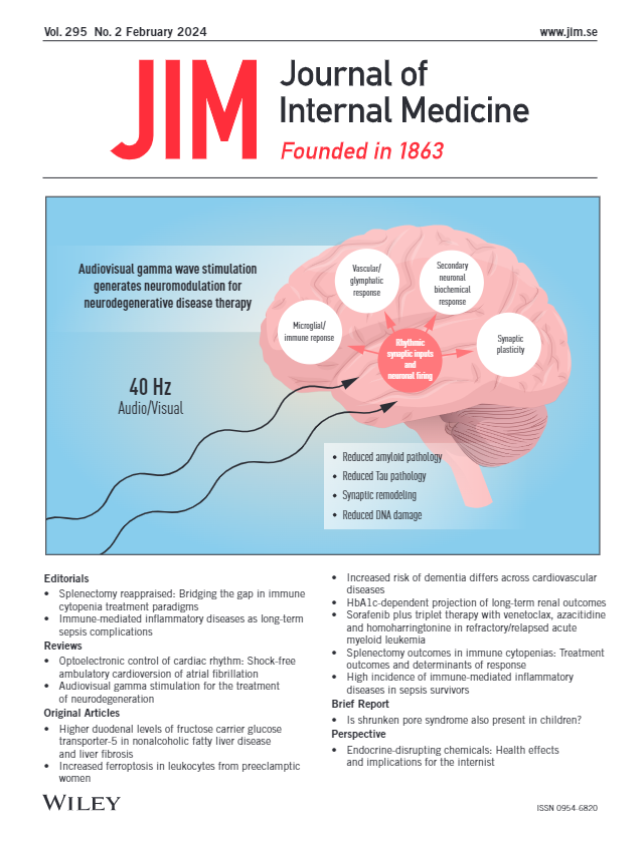Metabolic syndrome is associated with breast cancer mortality: A systematic review and meta-analysis
Abstract
Background
This systematic review and meta-analysis assesses the association between metabolic syndrome and breast cancer (BC) outcomes in BC survivors.
Methods
Systematic searches were carried out in PubMed and Embase using variations of the search terms: breast neoplasms (population), metabolic syndrome (exposure), and survival (outcome). Metabolic syndrome was characterized according to the American Heart Association, which includes the presence of three out of five abnormal findings among the risk factors: high blood pressure, high triglycerides, low high-density lipoprotein, high fasting glucose, and central obesity. Data were obtained from observational studies and randomized controlled trials that utilized survival statistics and reported survival ratios to investigate how the presence of metabolic syndrome at the time of BC diagnosis is associated with BC outcomes. Study data were independently extracted by two authors, and effect sizes were pooled using random-effects models.
Results
From the 1019 studies identified in the literature search, 17 were deemed eligible. These encompassed 42,135 BC survivors. The pooled estimates revealed that BC survivors who had metabolic syndrome at the time of their BC diagnosis experienced increased risk of recurrence (HR 1.69, 95% CI: 1.39–2.06), BC mortality (HR 1.83, 95% CI: 1.35–2.49), and shorter disease-free survival (HR 1.57, 95% CI: 1.36–1.81) compared to BC survivors without metabolic syndrome.
Conclusions
Among BC survivors, metabolic syndrome was associated with inferior BC outcomes. This necessitates the creation of clinical guidelines that include metabolic screening for BC survivors. Further research should identify effective interventions to reduce the prevalence of metabolic syndrome among BC survivors to improve metabolic health and BC outcomes.


 求助内容:
求助内容: 应助结果提醒方式:
应助结果提醒方式:


